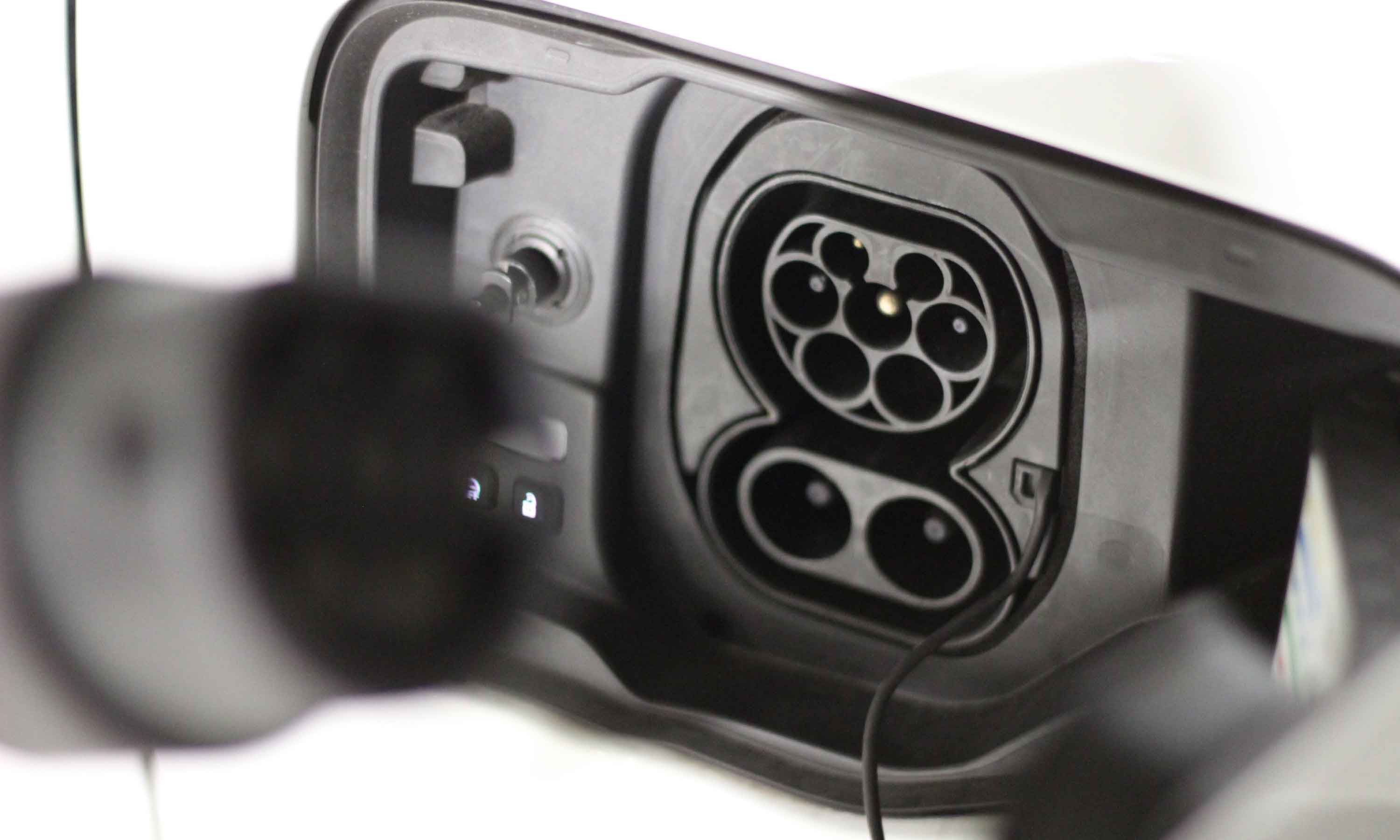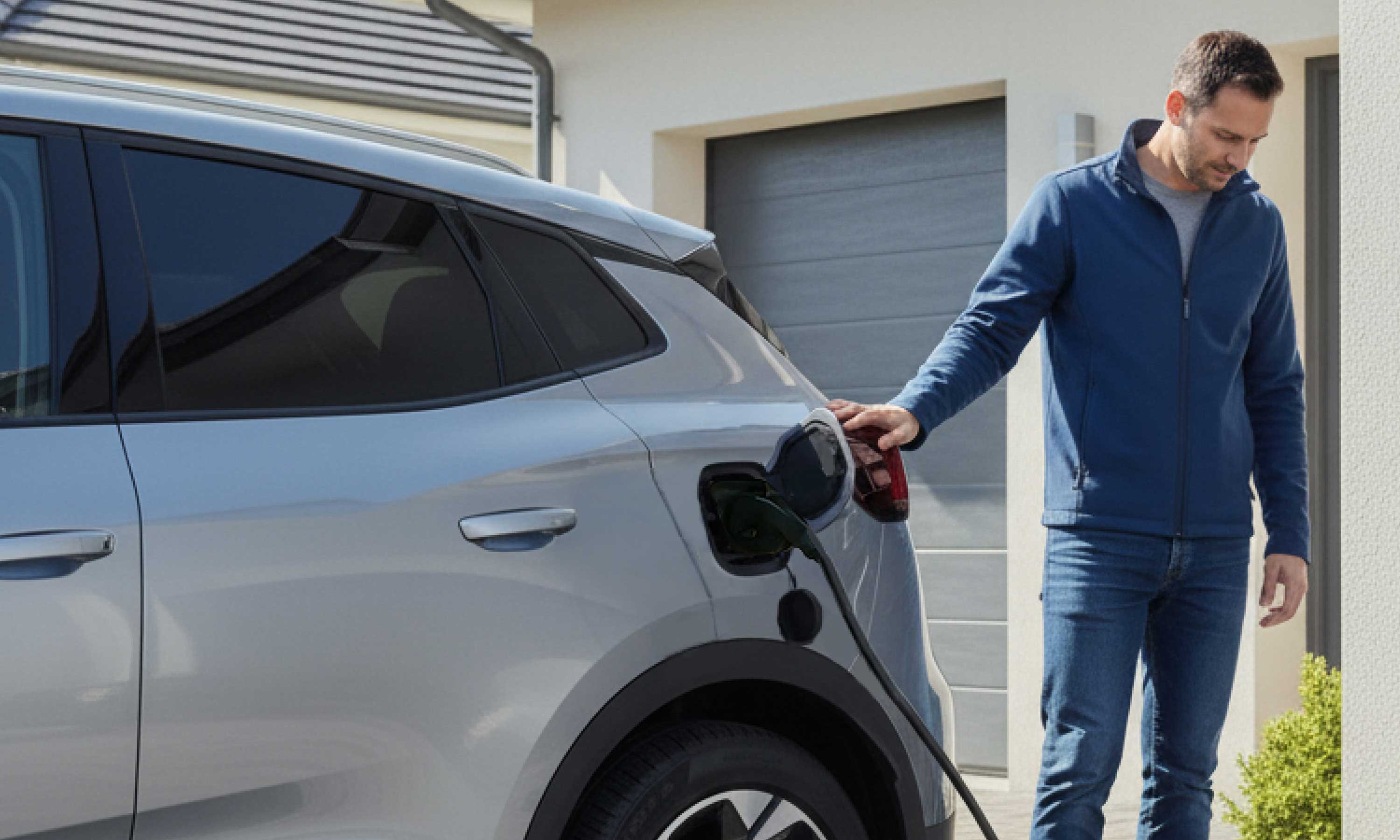The Type 2 socket is now the standard in Europe for alternating current (AC) charging. Whether at home or at a public charging station, it has become essential for electric vehicle drivers. However, between cables, charging stations, adapters, power ratings, and compatibility, it can be difficult to navigate. This guide takes you step by step to understand and use the Type 2 socket properly.
What is a type 2 socket?
The Type 2 socket, also called "Mennekes", is the connector imposed as standard by the European Union since 2014. It has 7 pins allowing both the passage of current and communication between the car and the terminal.
When talking about Type 2 sockets, it is important to distinguish between two configurations:
- Terminal side: This is the input integrated into the charging infrastructure (public terminal or wallbox). It is fixed and embedded in the terminal. It is visually recognizable by its depth and the absence of visible pins. The user must plug in their cable to use it.

- Vehicle side: This is the connector integrated into the vehicle, into which the cable is inserted. It looks similar to the one on the terminal side, but is generally a little wider. Here again, it is recessed and has no visible pins, giving it a "honeycomb" appearance.

Vehicle and terminal compatibility
Almost all electric vehicles sold in Europe are equipped with a Type 2 socket on the vehicle side. Public AC and domestic charging stations also use this format, which ensures great ease of use.
There is, however, one important distinction: the CCS (Combined Charging System) socket, which takes the base of the type 2, but adds two pins underneath for rapid direct current (DC) charging. In short:
- Type 2 only allows slow or accelerated AC charging (up to 22 kW).
- The CCS socket combines AC and DC and allows up to 350 kW in DC depending on the terminal and vehicle models. It is therefore a 2-in-1 socket since it supports a type 2 cable and a type 2 CCS combo cable.
👉 To better visualize the two types of sockets, here is a simplified diagram:

Type 2 charging powers and speeds
Charging speed depends on both the charging station and the car's onboard charger. Using the same cable on two different vehicles will not produce the same results if the internal chargers don't support the same power.
To give you a concrete reference, here is a table of the powers available in Type 2 and the estimated charging time for a 50 kWh battery:
| Installation type | Max power. | Estimated time for 50 kWh* |
|---|---|---|
| Single phase 16 A | 3.7 kW | ~1 p.m. |
| Single phase 32 A | 7.4 kW | ~7 h |
| Three-phase 16 A | 11 kW | ~5 h |
| Three-phase 32 A | 22 kW | ~2h30 |
* Rough estimate.
Which type 2 cable should I choose?
Choosing your charging cable is essential for optimal and secure charging.
There are two main types of cables for type 2 charging stations :
- The T2-T2 cable, which is the standard for the majority of European vehicles.
- The T2-T1 cable, only useful for older or imported vehicles equipped with a Type 1 socket.

To charge from a domestic or reinforced socket, you will need to choose a cable with the right plug. Then, the power and amperage of the cable must match your needs.
The vehicle and infrastructure will define the maximum charging powers.
Here are our tips for choosing your cable based on the type of use:
At home:
- on reinforced sockets (type E/F): type 2 16A cable
- on single-phase charging stations : 7kW or 22kW cable
- on three-phase charging stations : type 2 22kW cable
This may also apply to in-company AC charging.
On public roads:
- AC terminals (up to 22kW): type 2 cable 22kW
- Fast DC terminals: the cable is already attached to the terminal.
Adapters and Use Cases
Adapters allow you to expand your charging options in specific situations.
A common case is the use of a mobile charger with different tips: you can thus switch from a simple domestic or reinforced socket to a connection via Type 2. This offers a certain flexibility when traveling.
There are also more specific type 2 adapters, such as those allowing:
- to use the V2L (Vehicle-to-Load) function on certain vehicles,
- or to connect a vehicle with a non-Type 2 socket (e.g. domestic) to a public Type 2 terminal.
The diversity of adapters allows them to adapt to many charging contexts.
Safety and best practices
Charging an electric car is simple, but a few best practices can ensure a safe and long-lasting charge:
- ✅ Use only CE-certified equipment that complies with current standards.
- ✅ Do not use extension cords.
- ✅ Check the condition of the plugs, connectors and cable before use.
- ✅ Connect the cable first to the terminal side, then to the vehicle side.
- ✅ After charging, prevent the cable from dragging on the ground and protect the connectors from moisture.
- ✅ Remember to regularly clean your vehicle's outlet and your equipment.
Frequently Asked Questions (FAQ)
→ Which cable for a three-phase Type 2 socket?
A 22 kW (32 A) Type 2 cable is the most recommended choice. It allows you to take full advantage of the 22 kW three-phase terminals, but also of all lower power terminals (11 kW, 7.4 kW, etc.).
Even if your vehicle doesn't support 22 kW charging, this cable remains the most versatile: it automatically adapts to the capabilities of the charging station and the car. This means you're always guaranteed to get the maximum possible power, no matter what vehicle you drive today... or the one you'll have tomorrow.
→ Is the Type 2 socket compatible with all terminals?
Yes. In Europe, a vehicle equipped with a Type 2 socket can plug into any AC terminal. The actual power available will depend on your car's on-board charger.
In most cases, you will need a Type 2 cable to connect to it. You can find some terminals in private parking lots with an attached cable, but this is less common.
👉 On the other hand, for fast DC charging, it is not the Type 2 socket alone that is used, but the Type 2 combo CCS socket. This type of terminal has a cable already attached to the terminal.
→ Can I charge at 22 kW?
Yes, if the charging station is three-phase 22 kW (AC) and if your vehicle accepts this power. Otherwise, charging will be automatically limited.
👉 Good to know: There are few vehicles available on the market that accept 22kW AC power. More commonly, vehicles accepting a maximum power of 7.4kW or 11kW AC are found.
→ What is the difference between a type 2 socket and a type 2 connector?
On a terminal, we speak of a socket integrated into the terminal which is type 2.
On the charging cable side, we use a type 2 connector which plugs into the terminal.
→ What is the difference between Type 2 and Type 1 socket?
The Type 1 plug is an older standard, found mainly on Asian electric vehicle models. The Type 2 plug has become the European standard, more versatile and faster, especially for three-phase systems. It is found on the majority of electric vehicles.



Leave a comment